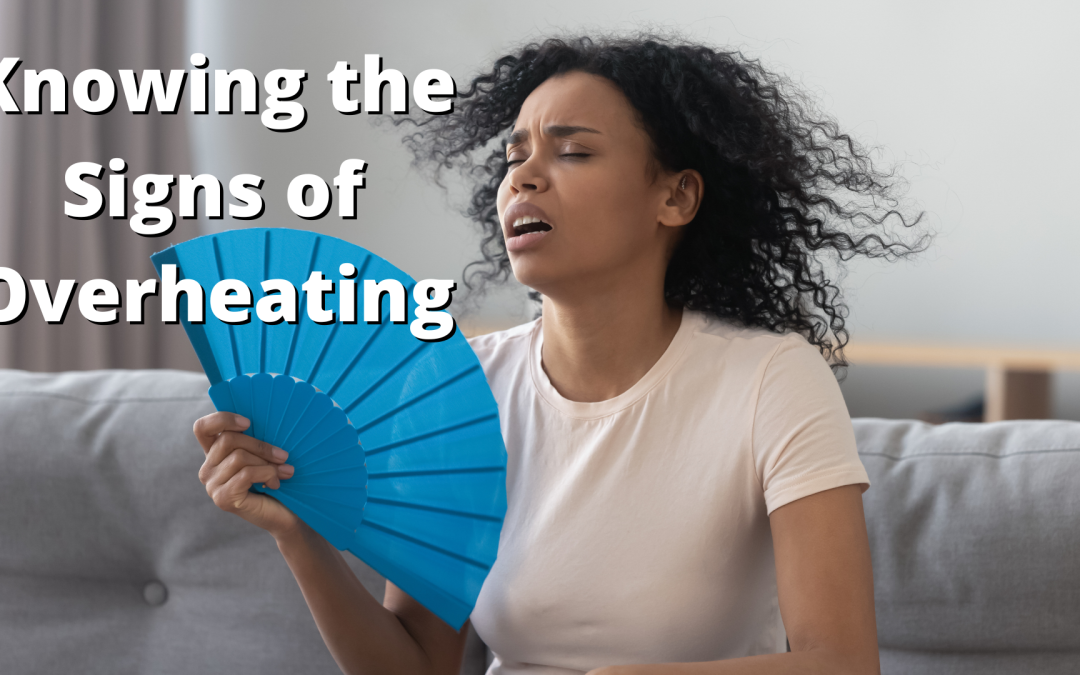Whatever your plans this summer might involve, you’ll want to make sure you’re well versed in any potential heat related illnesses. Heat stroke and heat exhaustion are separate but equally dangerous conditions that can come on quite suddenly. Knowing the differences between the two and being prepared can save you precious time.
Overheating
It’s far too easy to spend too much time outside and not realize it until it’s too late. It can be even more difficult for kids to realize how hot or dehydrated they are getting as well. There are two types of overheating that can come on quickly, and being able to note the differences between the two types can make a huge difference in how you treat it.
Heat Exhaustion
The lesser of the overheating stages, this is still a fairly dangerous state of overheating, especially if left untreated. Heat exhaustion is the most typical form of overheating, where your body is dehydrated. It’s lost and depleted of water and salt, typically from sweating, and isn’t able to cool off very well. General symptoms include weakness and increased heavy sweating, as your body is trying to keep doing what it’s been doing to try and stay cool. There may also be nausea or vomiting, and their skin will feel cool and clammy to the touch. A person may also feel lightheaded, dizzy, or even faint; their heart rate can also be weaker while also beating faster.
The best way to cool off someone who’s experiencing heat exhaustion is to have them take a cold shower or use cold compresses. If they are wearing extra layers, at the very least remove those, as well as moving the individual out of the direct sun and into the shade. Keep them hydrated with water or sports drinks, and have them lie down. If they are vomiting consistently, it’s best to seek medical treatment.
Heat Stroke
Heat stroke can be very dangerous, as it’s when your body can no longer regulate its own body temperature. Technically, your body temperature is at 104 degrees or higher, and can’t cool it down. The skin will be hot, dry and red, and their pulse will be rapid and strong. Depending on the severity of the heat stroke, the individual may even change or lose consciousness.
Again, have the individual move to a colder or more shaded area to get out of the heat. To be on the safe side, it’s best to call 911 as this stage of overheating can be very dangerous. Use cold compresses or cold, wet towels or cloths to help lower their body temperature down. You can also move the air around them to better circulate the cool and help them feel less faint.
Noticing the changes in people’s body language while out and about in the heat can help you better discover when someone may be getting close to overheating. Especially keep an eye on your younger child as they may not immediately realize what’s happening.
Katie Kyzivat
